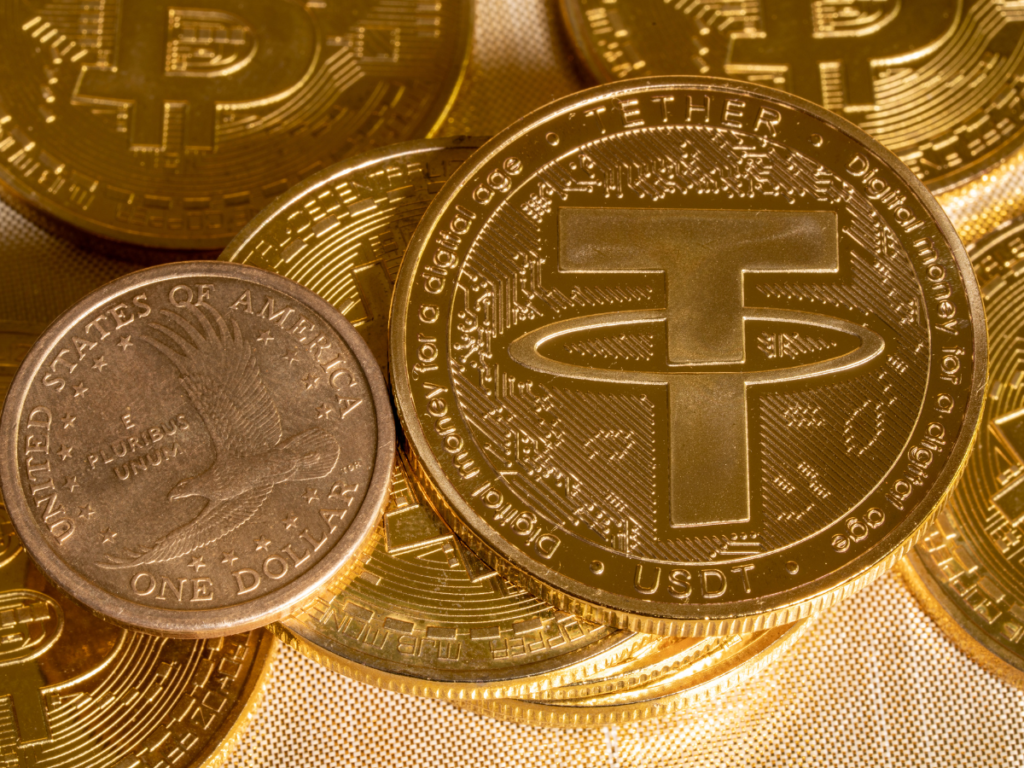With consistent supply increase, Tether (USDT) continues to command the stablecoins market as a whole.
The stablecoin economy has been stable over the previous month, fluctuating within a range of around $124 billion.
In addition, the overall trading volume of tokens connected to fiat money and commodities over the previous 24 hours hit $11.55 billion.
As of 17 September 2023, the entire market value of stablecoin tokens is $123.86 billion, according to CoinGecko data. Tether (USDT), the top stablecoin by market capitalization, has a value of $83,050,991,214 and has grown by 0.8% over the past month.
The market value of USD Coin (USDC) as of last Sunday was $26.16 billion, with a 0.6% rise in supply over the previous 30 days. On the other hand, DAI’s supply fell by 1.1% from the previous month to $3.84 billion.
The supply of Tether USD (TUSD), on the other hand, significantly increased throughout the month by 12.9%, increasing its market capitalisation to $3.1 billion.
During the same time period, the supply of Binance USD (BUSD) significantly decreased by 23.8%, dipping below $3 billion.
With a value of $2.49 billion, BUSD is now the fifth-largest stablecoin token by market capitalization. Tron’s USDD, which climbed by 0.7% to $724 million, is next.
Stablecoins: changes in value and expansion throughout stable epochs
With a market valuation of $669 million, the supply of Frax’s stablecoin FRAX has decreased by 16.5% during the last 30 days. The market value of the Dollar Pax (USDP), which has a monthly drop of 2.4%, is $492 million.
While FDUSD saw the greatest rise, rising 52.7% in just 30 days. FDUSD now has a $393 million market value and a $136.72 million 24-hour trading volume.
While Liquity USD (LUSD), which has a market cap of roughly $280 million, has witnessed a 1.8% decline in supply over the previous 30 days.
To put it another way, stablecoins have continued to see big redemptions and lower trade volumes recently, consistent with what has been seen in the past.
However, at the moment, redemptions have moderated, with the exception of BUSD, and the market value of fiat-pegged tokens has stabilized.
The roughly $11.55 billion in stablecoin trades that took place today account for 54.07% of the whole cryptocurrency market’s trading activity, underscoring this moment of stability.

Moria, a new Bitcoin mining platform, is unveiled by Tether
The Chief Technology Officer of Tether, Paolo Ardoino, has disclosed that the company is now testing Moria, a new Bitcoin mining platform.
The first steps towards integrating containers and miners into the platform were highlighted in the announcement, which was made via Ardoino’s official X (Twitter) account. There have apparently been considerable software changes made to the Moria platform.
Software now fully controls all aspects of power distribution unit (PDU) administration and communications with miners, including variables like frequency and power.
Because of the high level of automation, every action taken on the platform must receive several signatures’ permission, which heightens security.
Additionally, Ardoino underlined the platform’s peer-to-peer (P2P) features, saying that they are “totally P2P, perfect for the IoT.”
This implies that Moria is built to effortlessly link with Internet of Things (IoT) devices, potentially revolutionizing how mining operations and smart gadgets interact.
Even though Ardoino called these developments “almost magical,” it is important to keep in mind that the Moria platform is still in the testing stage, thus its full potential and potential uses have not yet been discovered.
This action by Tether, which is best known for its stablecoin, shows that Bitcoin mining is becoming more diversified.
However, as is sometimes the case with technological advancements, the effects of this project on the overall bitcoin ecosystem will only become apparent over time.
Tether is extending its reach into Bitcoin adoption and mining in addition to its primary product, USDT.











